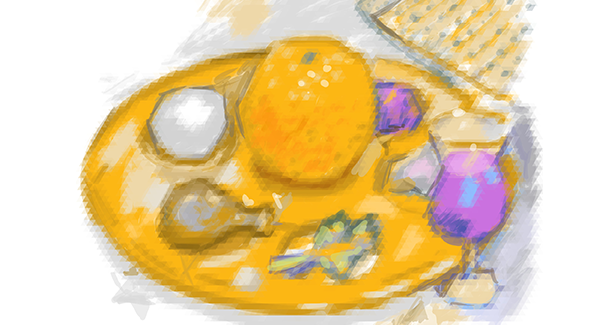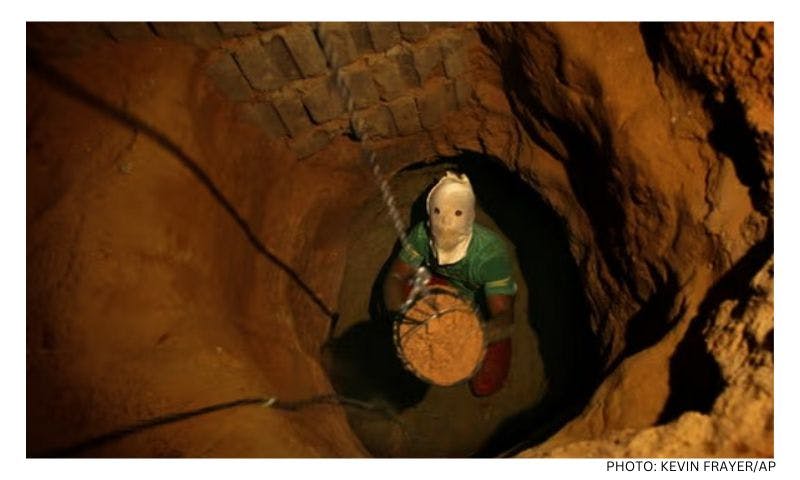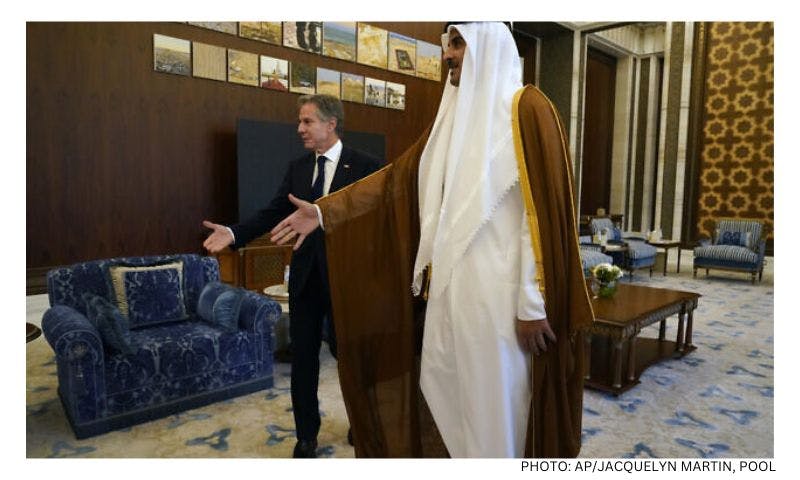Published: 27 August 2021
Last updated: 4 March 2024
VANESSA OCHS: If we hope to see them as enduring, let us try to come up with explanations that will have continuing resonance
YOU CAN PROBABLY name some of the new practices and ceremonies that address women’s exclusion from the public face of Judaism and crafted ritual responses to previously unmarked events in women’s lives. Bat Mitzvah, check. Women’s Seder, check. Baby naming ceremonies for daughters, check.
You may not know what occasioned the creation of any innovation especially relevant to women or how it came about. What did the creators discuss as they debated and then finalised their ideas? What were their strategies for introducing the innovation? How did rabbinical authorities, communities and family members push back when the status quo was challenged, and how long did general acceptance (if it ever came) take?
Not surprisingly, few can name the individuals or small groups behind Jewish women’s innovations. There are exceptions: the first women rabbis, the first Bat Mitzvah. Some might recognise the names of Rivka Haut, Bonna Haberman, Anat Hoffman for their roles in women’s group prayer at the Kotel.
But which woman first showed up at morning minyan wearing a tallit or tefillin? Who first referred to God in Jewish communal prayer as “She?” Who first called together friends to find Jewish ways to celebrate a pregnancy or heal after a miscarriage?
That the details of how and who get quickly forgotten or were never publically known in the first place doesn’t worry me.
Here’s why: Jews tend to speak and teach about beloved ritual practices and ceremonies in simple, mythical ways. Even innovations that have changed dramatically over time and places and those that have been debated by rabbis of the past and present are given straight forward, rudimentary explanations that could satisfy a child.
A good many of the explanations fit the familiar “we suffered, but then we survived” template. Hence: We light a Chanukah menorah because we returned to the desecrated Temple and there was enough oil to last eight nights. We eat matzah and horseradish because we were slaves and now we are free. The explanations answer the questions “What does it mean?” or “Why are we doing this?” by offering some narrative (usually fabricated) and a little theology
These explanations offer sufficient rationalisation for continuing the practice. They go beyond expositions of commandments and rules for Jewish living found in the Torah, Talmud, and subsequent texts, such as Maimonides’ Mishneh Torah, which organised and distilled Jewish law, or a later code, Yosef Karo’s Shulchan Aruch.
Speaking both as a scholar of Jewish innovations and a participant in Jewish feminist innovation, I can testify that I am no fan of the rudimentary explanations. But I know that they matter a great deal to teach, motivate and remind.
Now it is very possible that we are unconsciously and yet purposefully allowing the real narratives about the new women’s’ rituals and ceremonies to grow fuzzy, in the name of letting simple and easy-to-remember explanations emerge which will speak to future adaptors.
Ideally, the emerging explanations would authenticate the Jewish innovations and practices along the lines of the old ones, those we think of having been in place since the beginning of Jewish time.
Ideally, the emerging explanations would authenticate the Jewish practices along the lines of the old ones.
One of the new ritual practices, putting an orange on a Seder plate, already has an explanation that seems to do the job effectively. “We put an orange on the Seder plate because once there was a rabbi who said to a feminist theologian, “A woman belongs on the bimah as much as an orange on a Seder plate.”
As many well know, that never happened. There was no such rabbi. The earliest Passover ritual that eventually led to the orange emerged among lesbians and the item for inclusion was not an orange (or a tangerine, the fruit theologian Susannah Heschel proposed) but bread.
But I can see why this bogus explanation is so satisfying and keeps getting repeated. It suggests that if you are a Jew who wants to stand up against misogyny and create an honored place for women, you can include an orange on your Seder plate.
It’s a small and easy gesture to make (far easier than locating a shank bone or fresh horseradish, especially during a pandemic) and it effectively telegraphs your intentions to recall that while we no longer have to fight for women’s spiritual rights in Judaism quite as aggressively as we did the last decades, the work is by no means done.
So here is the task at hand: If we hope to see some or all of the contemporary Jewish women’s innovations enduring, let us try to come up with explanations (ideally ones that are historically accurate) that may have continuing resonance. Why do we have women’s Seders? Why do we put a cup out for Miriam on the Seder table? Why have rosh hodesh (new moon) groups? Why do women come to pray together at the Western Wall?
And what if we can’t come up with satisfying explanations? It may be because, even in our time, any given innovation may have served its purpose of repair and no longer needs to be continued because Judaism itself has been transformed. Not just for women, but for all people, regardless of how they identify.
Dr. Vanessa Ochs is an American scholar of religion at the University of Virginia, an ordained rabbi and an important figure in the fields of Jewish feminism and Jewish ritual




